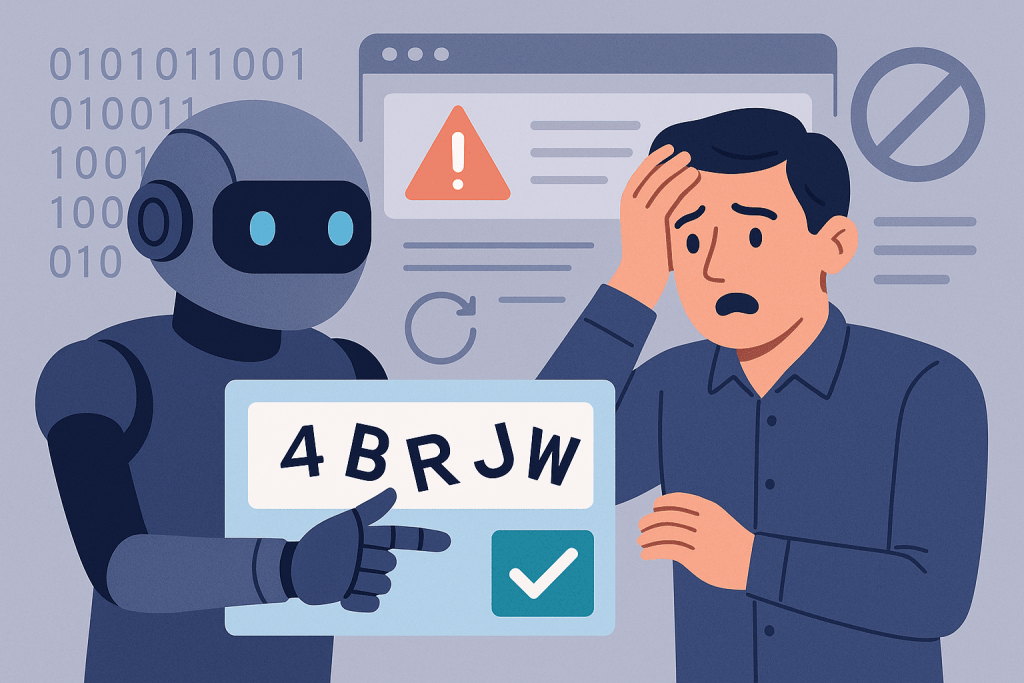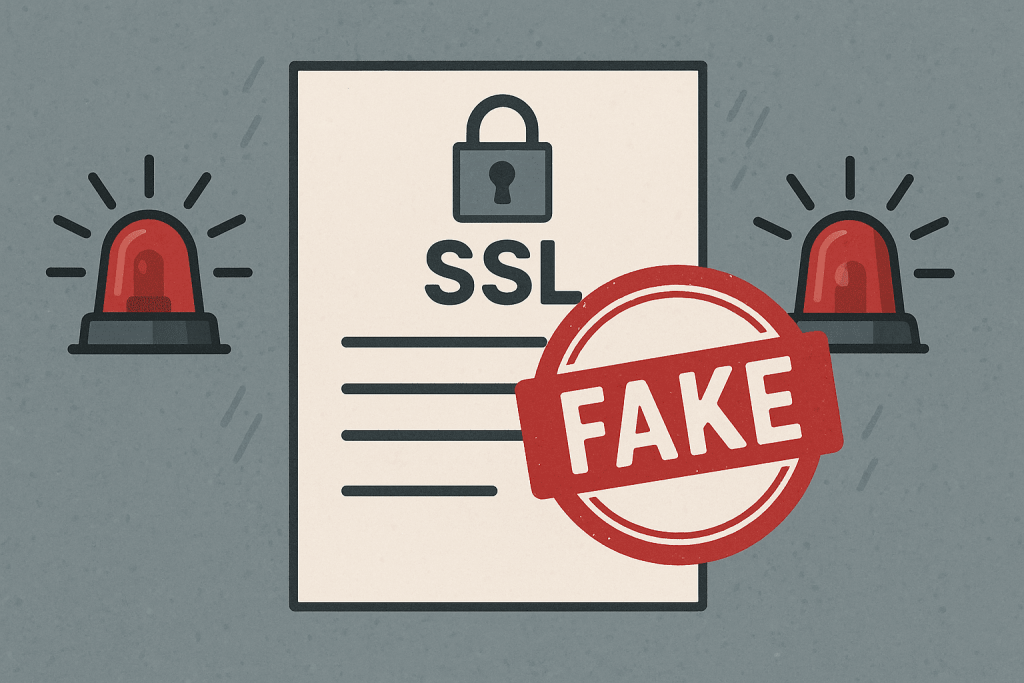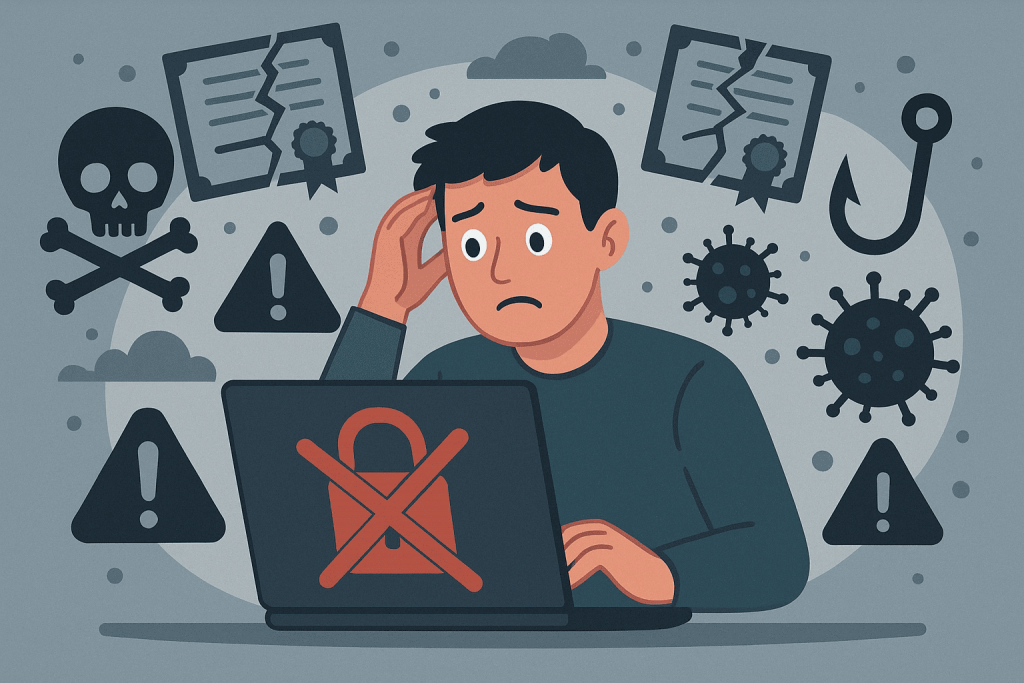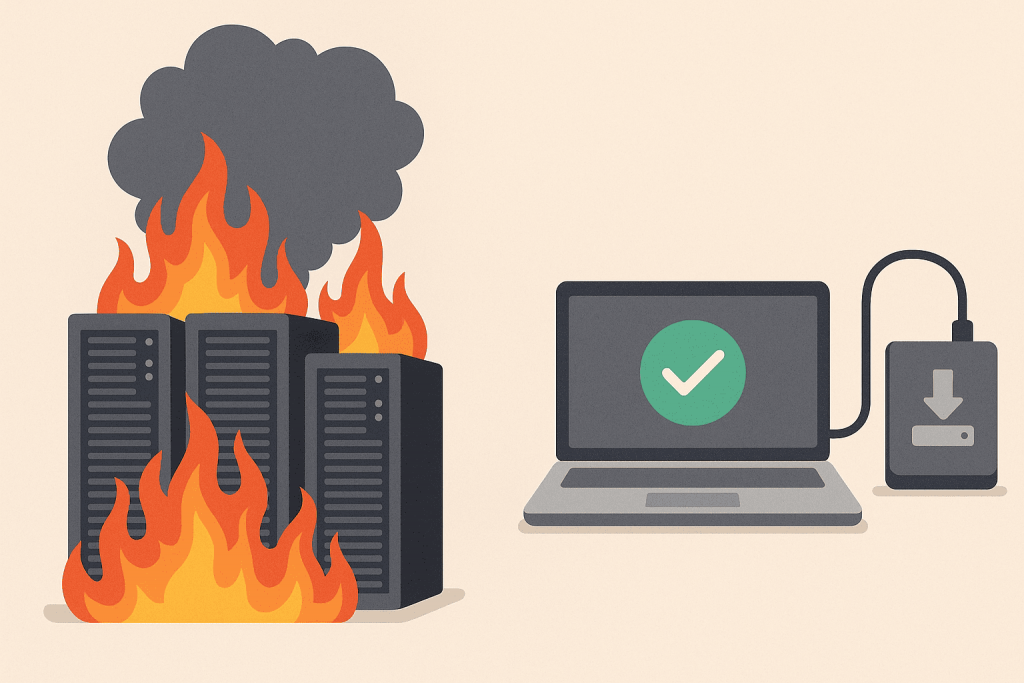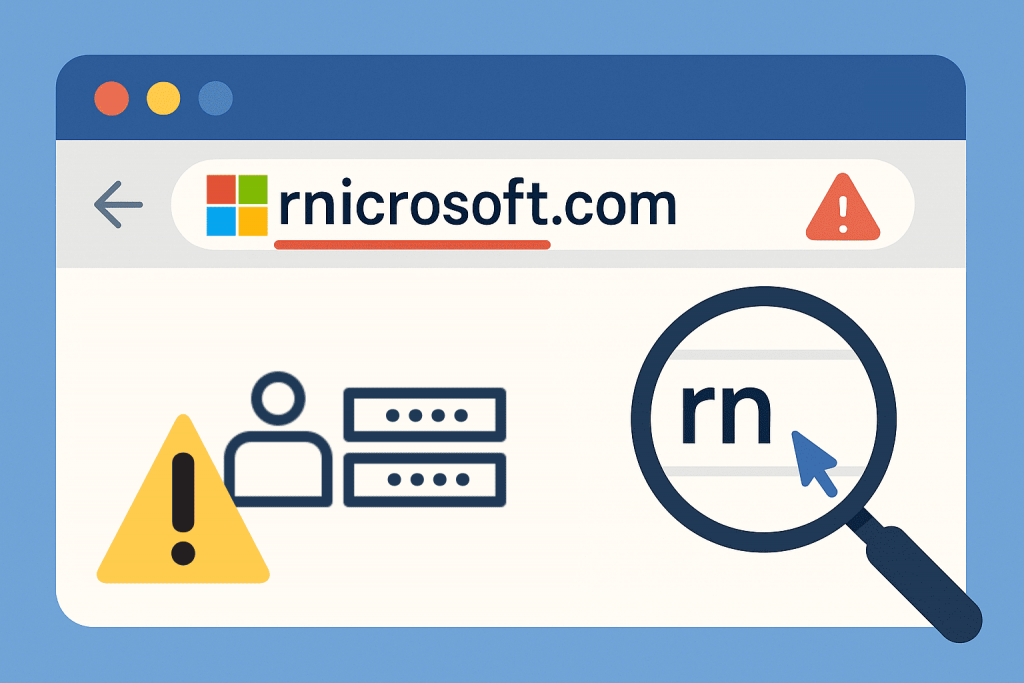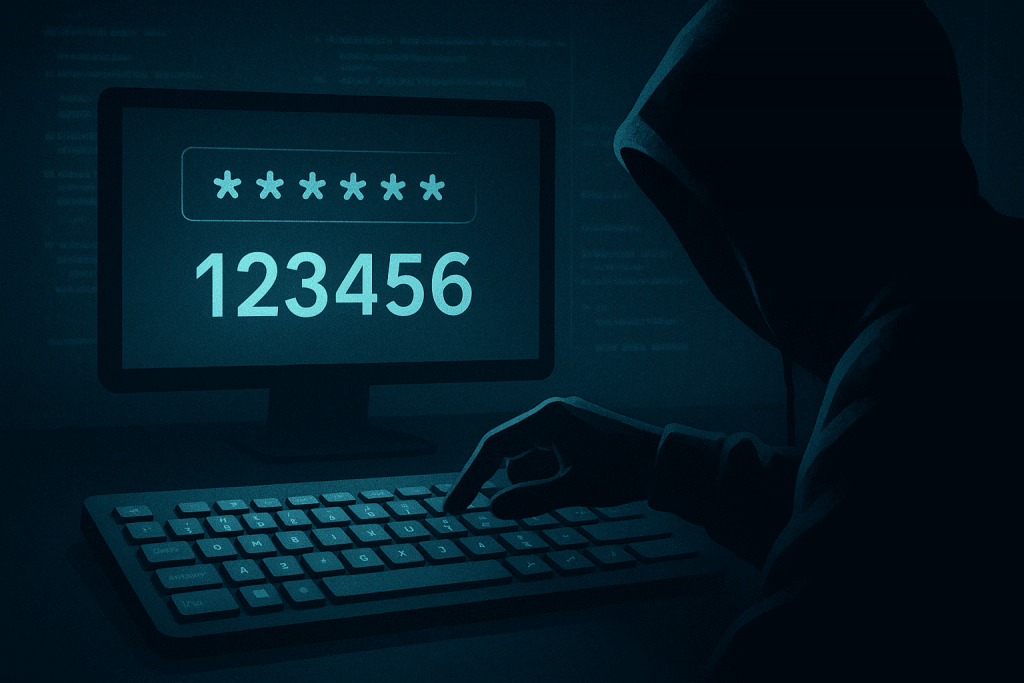
Backup, or data copying, is the process of creating copies of information that can be restored in case of a failure, error, or cyberattack. Although the idea itself seems simple, it is the frequency of creating backups that determines how serious the consequences of data loss may be. Some companies make backups once a day, others every hour, and some use complex automated scenarios. But regardless of business size, it is the regularity of saving copies that determines how much information you risk losing in case of an incident. Backup frequency directly affects the so-called recovery point, or RPO, which shows the amount of time for which data may be lost without critically affecting system operation.

